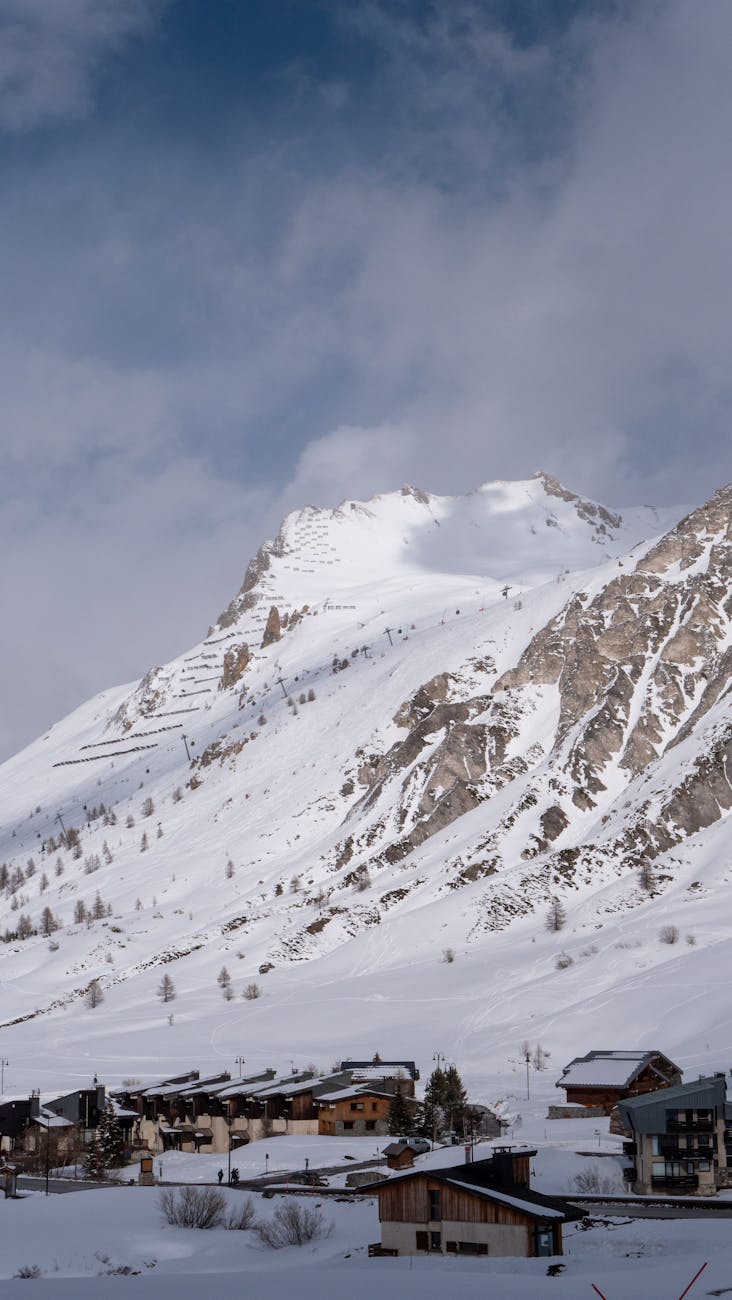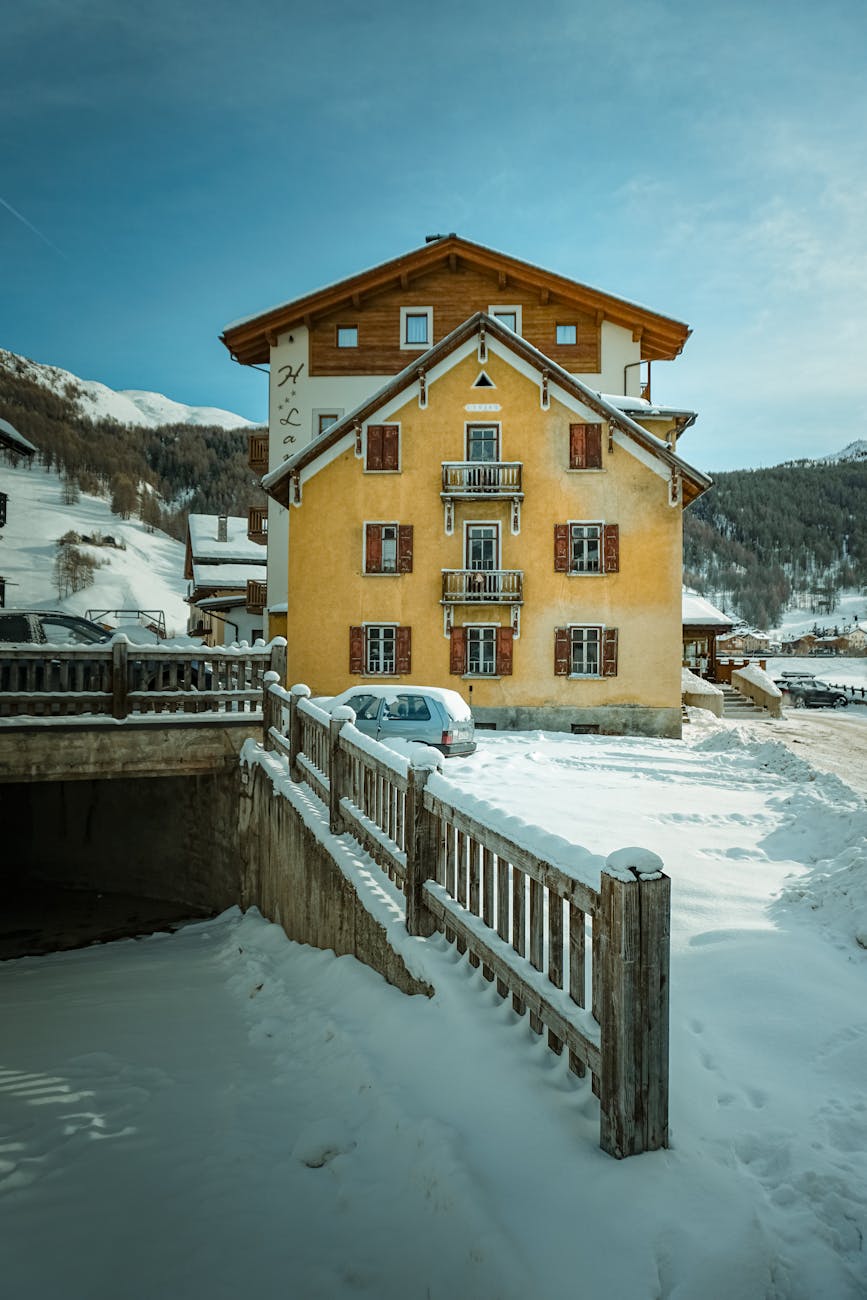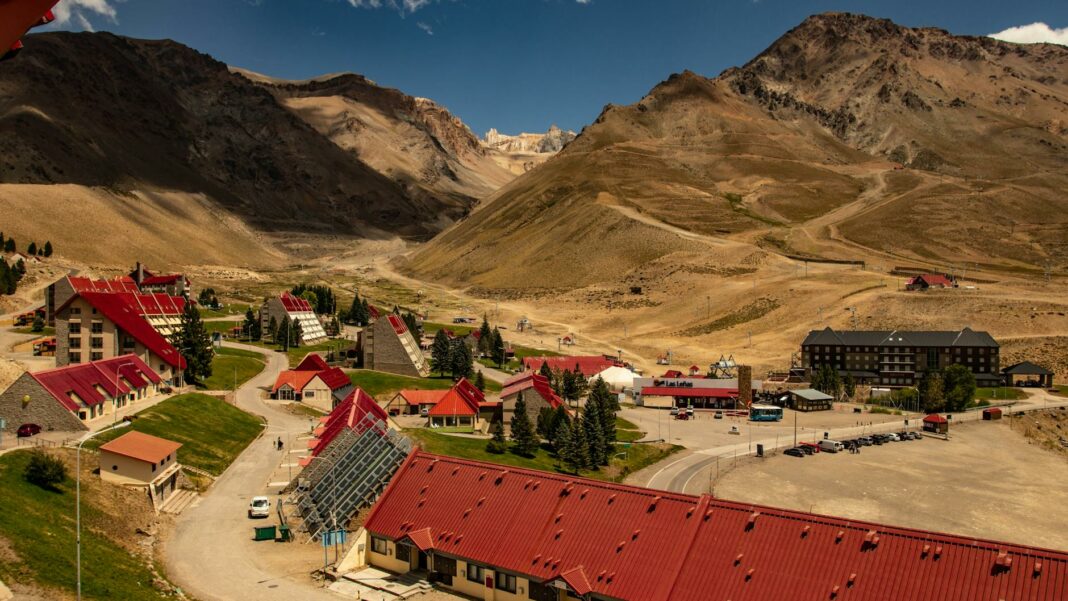Table of Contents
- Introduction
- What Makes a Ski Resort Accessible?
- Evaluating the Accessibility of Facilities
- Adaptive Equipment: Breaking Barriers
- Transportation: The Key to Opening Up Opportunities
- Community and Inclusivity: The Human Element
- Accessible Ski Resorts Worth Visiting
- A New Perspective on Accessibility
- Frequently Asked Questions
Introduction
Skiing has a reputation for being a thrilling and exhilarating sport, drawing in thousands of enthusiasts to the slopes every winter. However, what about those who face physical challenges? Access to ski resorts can often be a complex issue, but the good news is that many resorts are taking significant strides forward, transforming their facilities to ensure everyone can enjoy the snow-capped mountains and enjoy the winter wonderland. Accessibility is not just a buzzword; it’s an essential aspect of creating inclusive outdoor experiences for all.
In this post, we will dive deep into the vital components that make a ski resort truly accessible for everyone. From evaluating facility access to learning about adaptive equipment and transportation options, we will uncover the beautiful, progressive changes happening at ski resorts today. So, buckle up and prepare to gain insights into how the ski community is evolving to embrace all adventurers.
What Makes a Ski Resort Accessible?
At the heart of a truly inclusive ski resort is the concept of accessibility, which goes well beyond ramps and wide paths. An accessible resort caters to the needs of all individuals, regardless of physical limitations. This means creating services and amenities that enable people to engage fully with their environment. Accessibility should be integrated into every aspect of the ski experience, from equipment rentals to ski lessons, and even community engagement. Identifying exactly what constitutes accessibility is crucial for both skiers and ski resorts alike, prompting a shift in mindset toward complete inclusivity.
Resorts need to take a comprehensive look at their offerings to ensure they meet the diverse needs of their visitors. This includes evaluating everything from the physical terrain to available resources, such as trained staff familiar with adaptive sports techniques. When considering the big picture of accessibility, it is essential to recognize that everyone deserves a chance to feel the rush of gliding down the mountain, regardless of their background or physical abilities.
Evaluating the Accessibility of Facilities
Assessing skiing facilities is a core factor in creating an inclusive atmosphere. How user-friendly are the restrooms, dining areas, and rental shops? Are there easily navigable paths for those with mobility aids? When evaluating a resort’s accessibility, a keen focus on the layout and design can make all the difference. Many resorts are now prioritizing pathways that are not just wide, but also well-maintained, smooth, and free of obstacles. This level of detail ensures that every visitor can move about freely and without anxiety.
Moreover, having accessible features like elevators and ramps in strategic locations makes navigating the mountain terrain much easier. It enhances the overall experience for individuals who may struggle with steep inclines or uneven surfaces. By examining the available facilities with an eye for inclusivity, resorts can proactively make necessary adjustments to their infrastructure while paving the way for unforgettable memories on the slopes.
Adaptive Equipment: Breaking Barriers
The breakthrough in accessible skiing largely hinges on the emergence of adaptive equipment, specifically designed to cater to a wide array of physical needs. Ski resorts have increasingly begun offering sit-skis, mono-skis, and other specialized gear that empower individuals with disabilities to carve through fresh powder just like their peers. This cutting-edge equipment opens doors and encourages participation from those who may have previously felt excluded from winter sports.
Moreover, adaptive skiing programs often come equipped with expert instructors who know how to guide individuals in learning to ski using these unique tools. The combination of specialized gear and skilled trainers creates an energetic environment that fosters growth, excitement, and camaraderie. When ski resorts commit to providing such equipment and resources, they send a powerful message: everyone should have the opportunity to embrace the thrill of skiing, regardless of their physical circumstances.
Transportation: The Key to Opening Up Opportunities
Accessibility doesn’t begin and end at the resort; the journey to the mountains is just as important. Transportation options must be inclusive, offering services that cater to individuals with diverse needs right from the moment they leave home. Resort areas should aim to provide accessible shuttles that accommodate wheelchairs, ensuring reliable transport to and from the slopes. Additionally, well-informed drivers trained in assisting passengers with disabilities can significantly enhance the overall experience.
Public transit in ski regions often lacks the necessary accessibility features, making it a challenge for many individuals. Resorts that prioritize partnerships with local transportation services can effectively make a significant difference. Taking these steps allows visitors to feel welcomed and valued from start to finish, ultimately fostering a sense of belonging that elevates the ski experience.
Community and Inclusivity: The Human Element
Creating a truly accessible ski resort goes beyond just logistical elements; it requires a cultural shift. Ski resorts must embrace and promote a community that values inclusivity and support for all. Engaging local organizations, hosting events focused on adaptive skiing, and involving individuals with disabilities in discussions about improvements can create a powerful sense of belonging. Storytelling, shared experiences, and camaraderie become essential aspects that enrich the overall ski culture.
When ski resorts actively demonstrate a commitment to inclusivity by celebrating diversity and encouraging participation, they foster a positive and welcoming environment. This not only amplifies the joy of skiing but also builds a stronger community spirit among skiers of all backgrounds. After all, skiing is not just a sport; it is an experience that connects individuals through shared adventures and challenges.
Accessible Ski Resorts Worth Visiting
Several ski resorts have already set commendable benchmarks for accessibility and continue to inspire others. For instance, Park City Mountain Resort in Utah has emerged as a leader in inclusivity, offering a fully accessible base area and adaptive ski programs. They have dedicated staff ready to assist individuals with disabilities and provide opportunities to enjoy the mountain to the fullest.
Another notable mention is Breckenridge Ski Resort in Colorado, which prioritizes accessibility through partnerships with adaptive sports organizations. Visitors can find comprehensive resources on adaptive equipment rentals and ski lessons tailored to individual needs. By choosing these resorts, adventurous spirits can revel in the joy of skiing, knowing they have access to facilities that have been thoughtfully designed for everyone.
A New Perspective on Accessibility
As societal attitudes shift towards inclusivity, the snow sports industry must continue to lead by example. People of all abilities deserve to embrace the exhilaration that skiing offers, creating memories that last a lifetime. The more ski resorts commit to breaking down barriers and enhancing accessibility, the more enriched the experience will be for all participants. The positive impact of this evolution isn’t just about skiing; it’s about creating an inclusive outdoor culture that uplifts everyone, transforming mountains into playgrounds for all.
In considering the future of skiing, let’s envision a world where individuals with disabilities can confidently set foot on the slopes, knowing they belong. The commitment to accessible ski resorts paves the way for profound change, empowering everyone to experience the thrill of gliding down a mountain and connecting with nature with friends and family.
Frequently Asked Questions
1. What initiatives are ski resorts implementing to improve accessibility?
Many ski resorts are enhancing their facilities and programs by investing in adaptive skiing gear, training staff in inclusivity, and offering dedicated transportation options for those with disabilities.
2. Are there programs available for individuals wanting to learn adaptive skiing?
Yes! Various ski resorts have partnered with adaptive sports organizations to equip instructors with essential skills and provide tailored lessons for individuals with disabilities.
3. How can someone find accessible ski resorts?
Online resources and specialized websites list ski resorts with accessibility features available. Additionally, organizations focused on adaptive sports often provide recommendations for inclusive ski destinations.
4. What role does community play in making skiing more accessible?
Community involvement is crucial in redefining ski culture, fostering an environment of support and camaraderie that encourages participation and celebrates diversity among skiers.
5. Can adaptive skiing equipment be rented at ski resorts?
Absolutely! Most accessible ski resorts offer adaptive equipment rentals, allowing individuals to experience skiing without the need for personal gear.
Image Credit: Pexels





